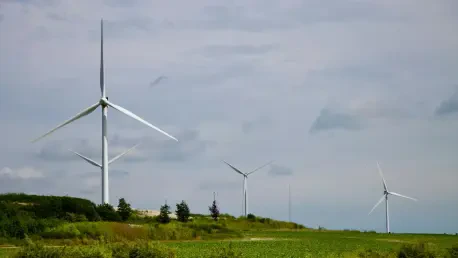
In a transformative stride toward a greener Europe, the renewable energy sector is witnessing a landmark partnership that promises to redefine the region’s energy landscape with significant impact. Two powerhouses, RWE, a global leader in offshore wind energy, and Norges Bank Investment Management
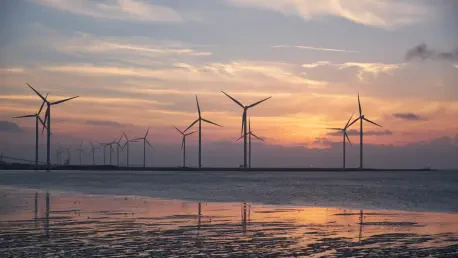
In a quiet corner of Ontario, Canada, a storm of opinions is brewing over a proposed renewable energy project that could reshape the landscape between Elliot Lake and Blind River. FirstLight Power, a company dedicated to sustainable energy solutions, has put forward plans for the Pathfinder Wind
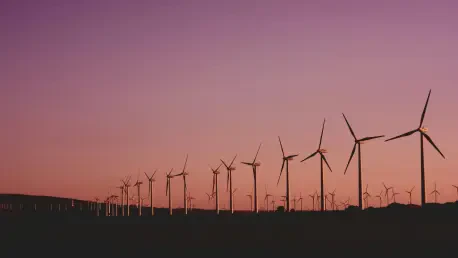
Imagine a future where clean, affordable energy powers entire communities, reducing both utility bills and environmental harm in one fell swoop, and this vision is steadily becoming a reality in Germany. There, a seasoned renewable energy company has received the green light to significantly boost

Romania is making remarkable strides toward a sustainable energy future, positioning itself as a significant player in Europe’s renewable energy landscape through ambitious wind power initiatives. With the urgent need to combat climate change and reduce reliance on fossil fuels, the country has
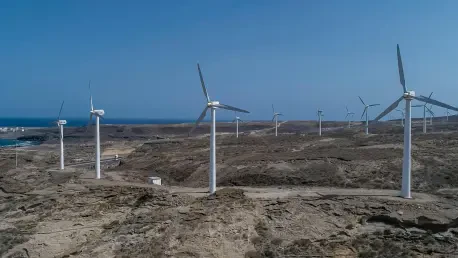
Maryland’s energy landscape is facing a turbulent storm as the Trump administration imposes significant barriers to offshore wind development, a cornerstone of the state’s renewable energy ambitions, stalling critical projects and casting doubt on the future of green initiatives in the region. This
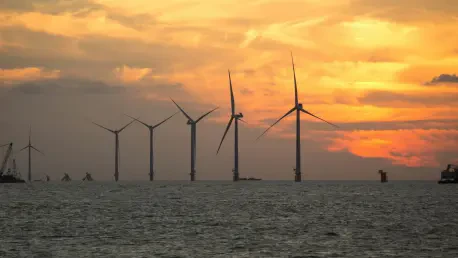
In a world increasingly focused on sustainable energy solutions, Dominion Energy is at the forefront of a transformative project that could redefine power generation along the Atlantic Coast with its Coastal Virginia Offshore Wind (CVOW) initiative. This staggering 2.6-gigawatt wind farm, situated